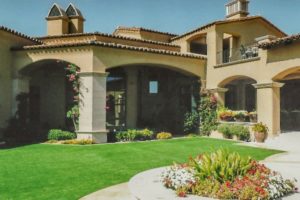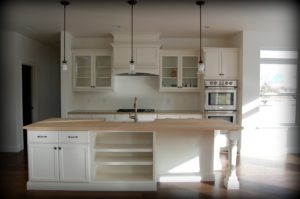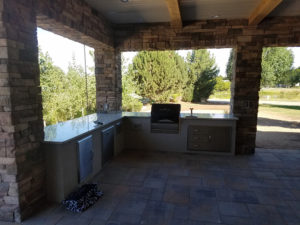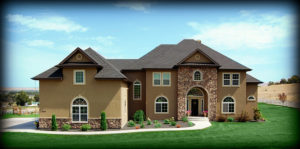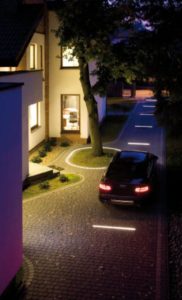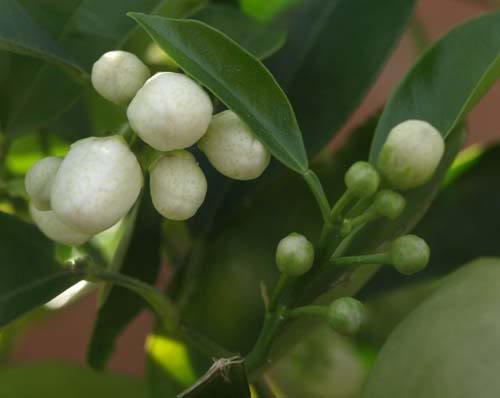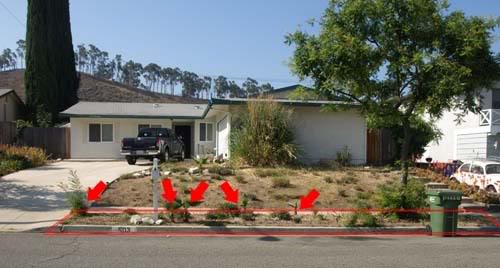 In the past few decades, regular grass has been the main carpeting option for the sports industry. However, today the tide has changed dramatically as evidenced by the growing number of public and commercial institutions turning to field turf.
In the past few decades, regular grass has been the main carpeting option for the sports industry. However, today the tide has changed dramatically as evidenced by the growing number of public and commercial institutions turning to field turf.
Indeed, the use of field turf has many advantages of regular grass. With synthetic grass, you no longer have to worry about drainage problems commonly associated with natural grass. In fact, artificial turf drains more quickly than regular grass thus boosting pitch playability. Furthermore, synthetic turf consumes significantly less water than natural grass pitches. Think about how many gallons of water you can save with field turf. Low maintenance costs coupled with a longer useful life make field turf a better long-term investment compared to natural turf.
A brief history of field turf
The first traces of field turf appeared in the 1965 and were manufactured by a firm known as AstroTurf. The first application of field turf was at a stadium in Houston, TX in the late 1960s. Back then, field managers discovered how difficult it was to maintain natural grass fields. To solve this problem, artificial field turf was introduced, and since then, it has become a mainstay in many sports stadiums around the world.
Due to the growing demand for more advanced field turf, the number of field turf companies has also shot up significantly. Apart from sports arenas, artificial turf is also widely used in residential lawns and public playing areas.
What to look for in a field turf company
Due to a large number of field turf companies, consumers now have more options than before. Today there is a variety of turf field options ideal for all sports events and lawn applications. From low-maintenance lawn options to dense, resilient synthetic turf for high traffic arenas, there’s something for everyone.
When shopping for field turf, look for companies that have a wealth of experience in the industry. Take the time to learn about the technology employed in turf production. The best field turf companies will even customize your artificial turf to your desired taste. It is common to have field turf tailor-made to include logos and brand names for an overall unique look.

